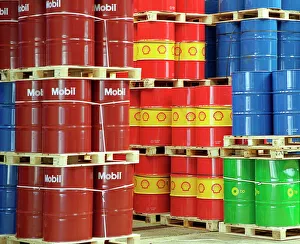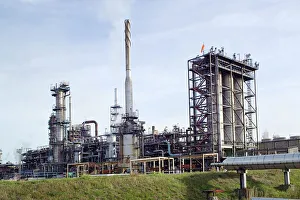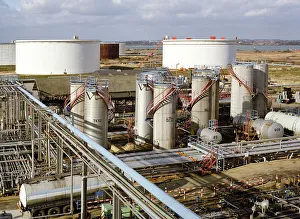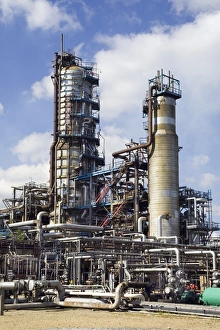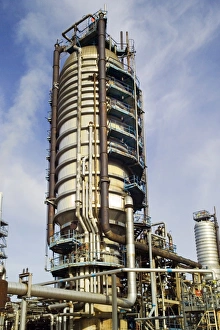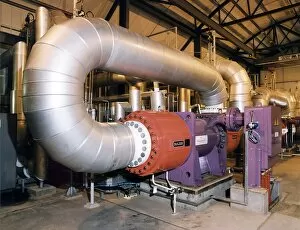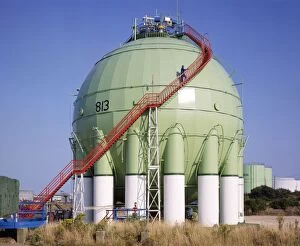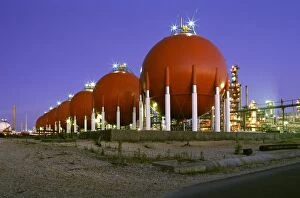Exxon Mobil Collection
Exxon Mobil, a powerhouse in the oil and gas industry, is synonymous with innovation and efficiency
All Professionally Made to Order for Quick Shipping
Exxon Mobil, a powerhouse in the oil and gas industry, is synonymous with innovation and efficiency. With their state-of-the-art facilities and dedicated workforce, they continue to shape the future of energy production. Oil barrels line up like soldiers, ready for deployment at an Exxon Mobil facility. These vessels hold the lifeblood of our modern society - fuel that powers our vehicles and heats our homes. A residfiner stands tall amidst an oil refinery complex, tirelessly separating heavy residues from crude oil. This intricate process ensures that every drop of precious resource is utilized efficiently. Chemical plant storage tanks stand as silent guardians, holding various compounds crucial for manufacturing processes across industries. Exxon Mobil's commitment to safety ensures these chemicals are handled responsibly. In this bustling environment, an oil refinery worker dons protective gear while overseeing operations at pipestills - towering structures responsible for distilling crude oil into its valuable components such as gasoline and diesel. Next to them stands a hydrofiner - a critical unit where impurities are removed from refined products before they reach consumers' hands. Quality control is paramount at Exxon Mobil refineries. The catalytic cracker hums with activity as it breaks down heavier molecules into lighter ones through controlled chemical reactions. Skilled workers monitor this process meticulously to optimize output without compromising quality or safety. Amidst all the machinery lies another diligent oil refinery worker; their expertise keeps operations running smoothly day in and day out – ensuring uninterrupted supply of essential fuels we rely on daily. As towers rise against the sky like giants guarding secrets within their walls, they symbolize Exxon Mobil's dedication towards meeting global energy demands sustainably while minimizing environmental impact. A vacuum pipestill looms large over other units; it plays a vital role in extracting maximum value from residual oils by subjecting them to high temperatures under reduced pressure – turning waste into valuable resources once again. Finally, vast storage tanks dotting the landscape serve as temporary homes for refined products, awaiting distribution to fuel stations and industries worldwide.

